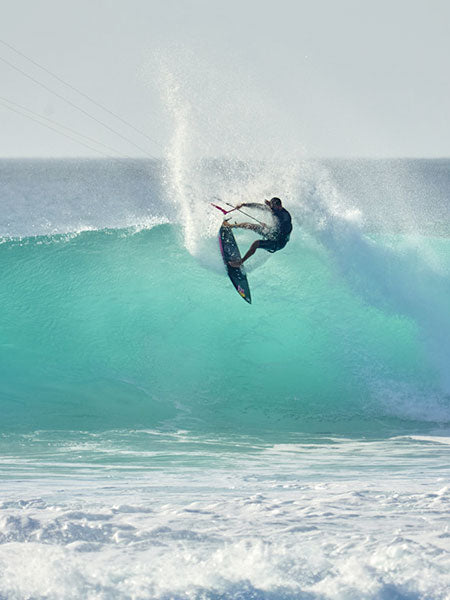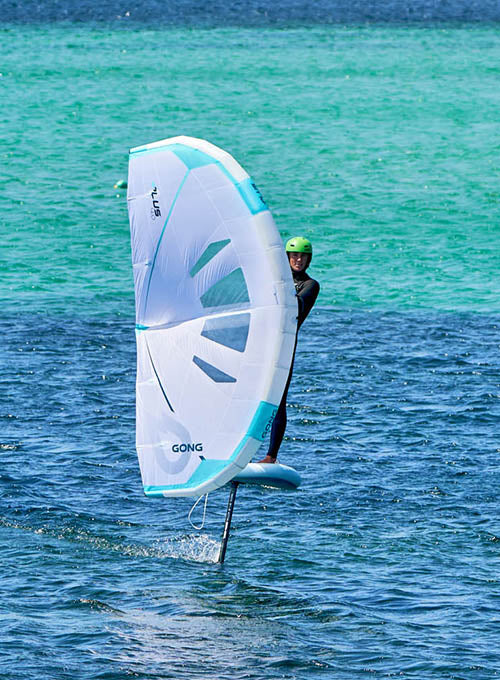Switch and duck jibe
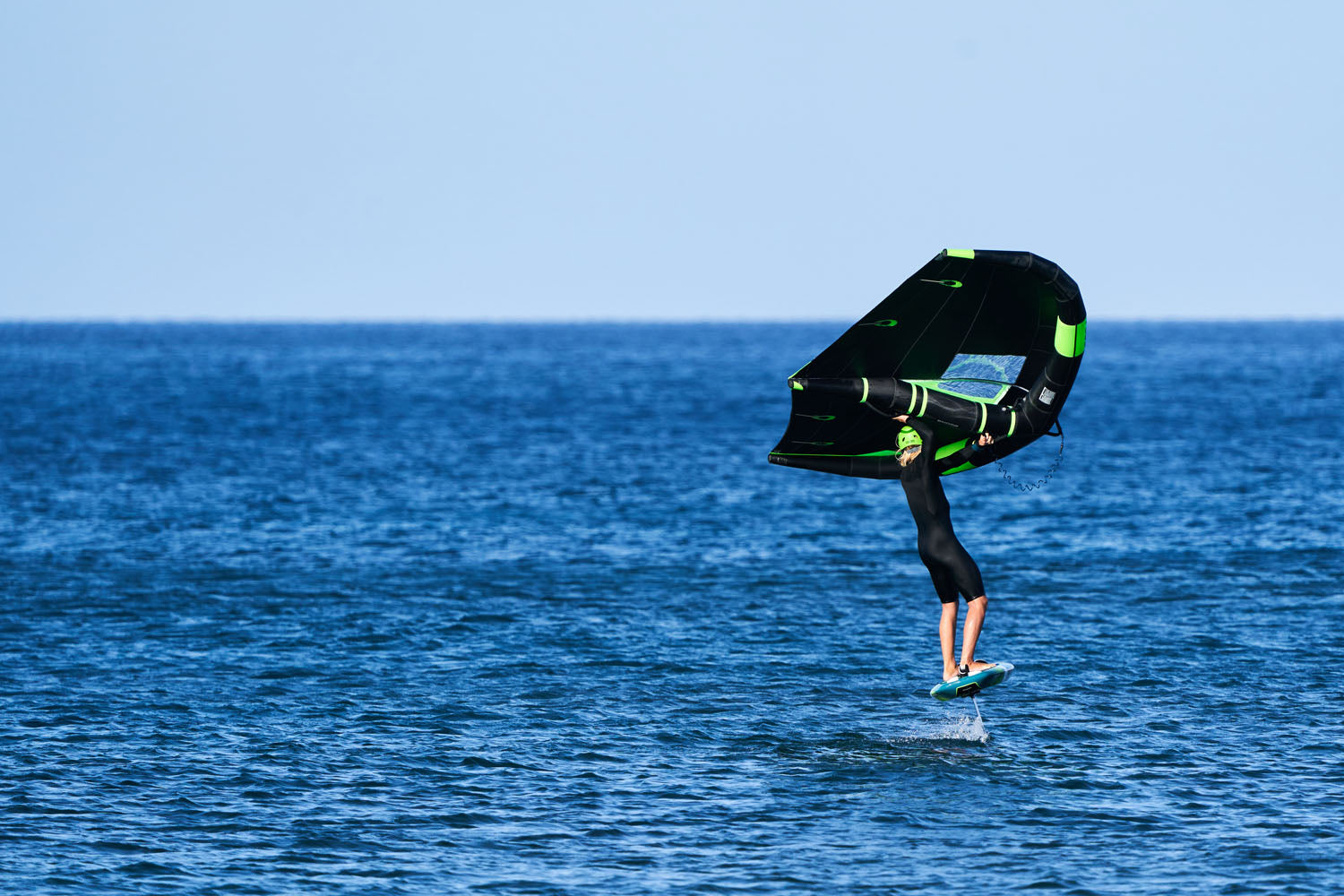
The switch hand duck jibe is a variant of the jibe which, when well executed, allows you to gain fluidity and speed in your U-turn.
The wind pressure is more continuous than during a classic jibe and the hands are in the new position before having switched to the other tack, making relaunching much easier. A variant of the jibe which is therefore interesting to stay ahead of the pack when racing with buddies 😉
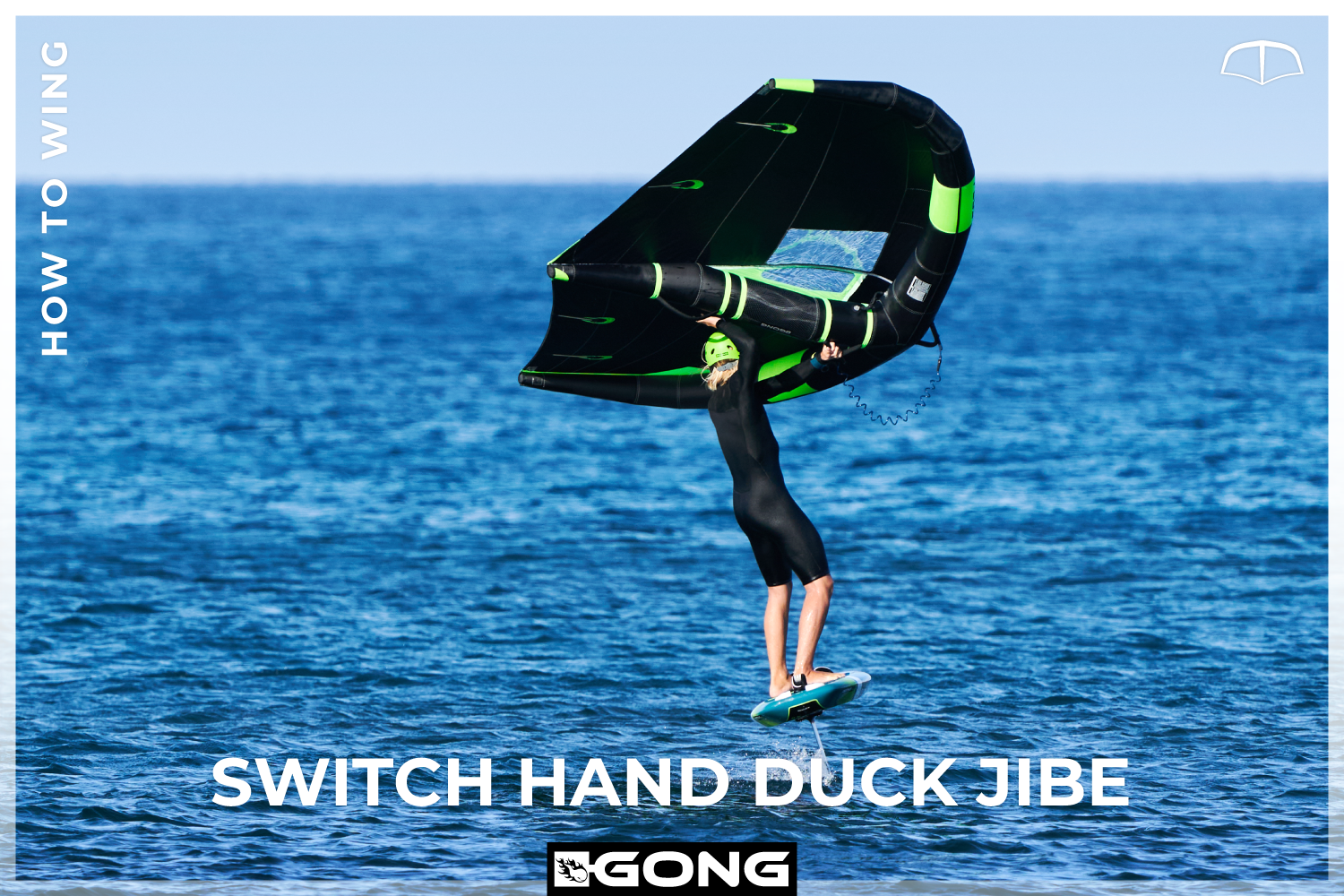

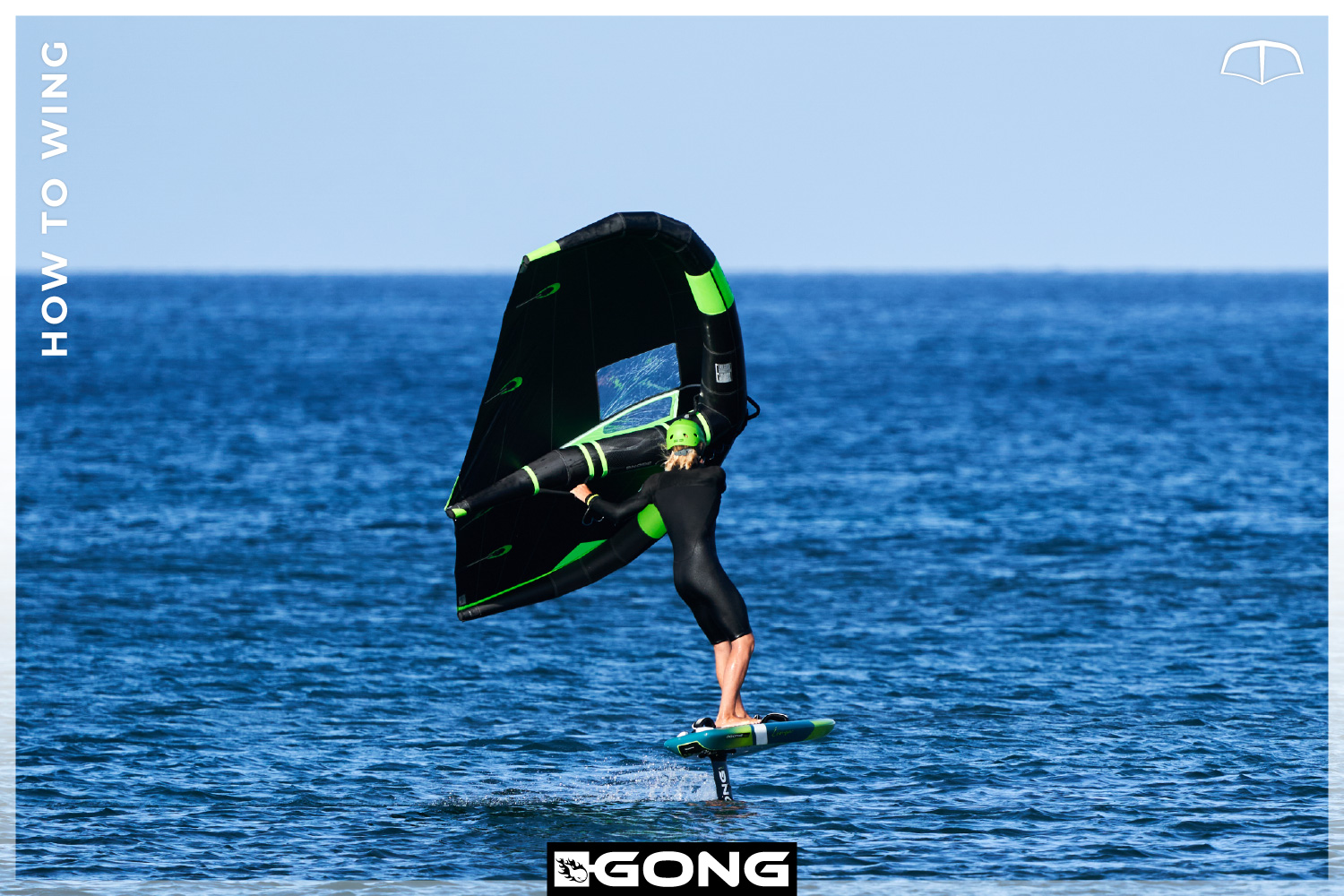

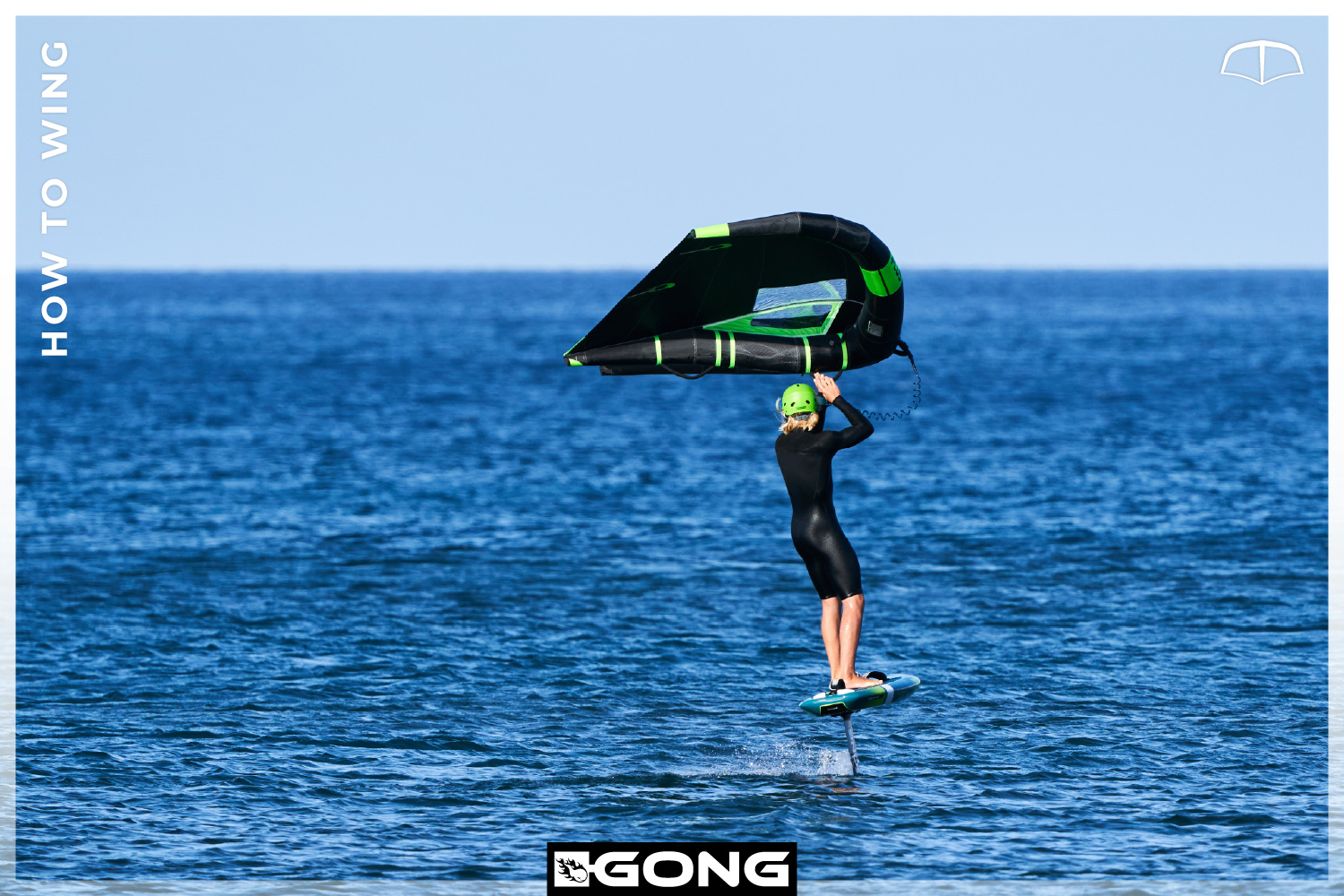
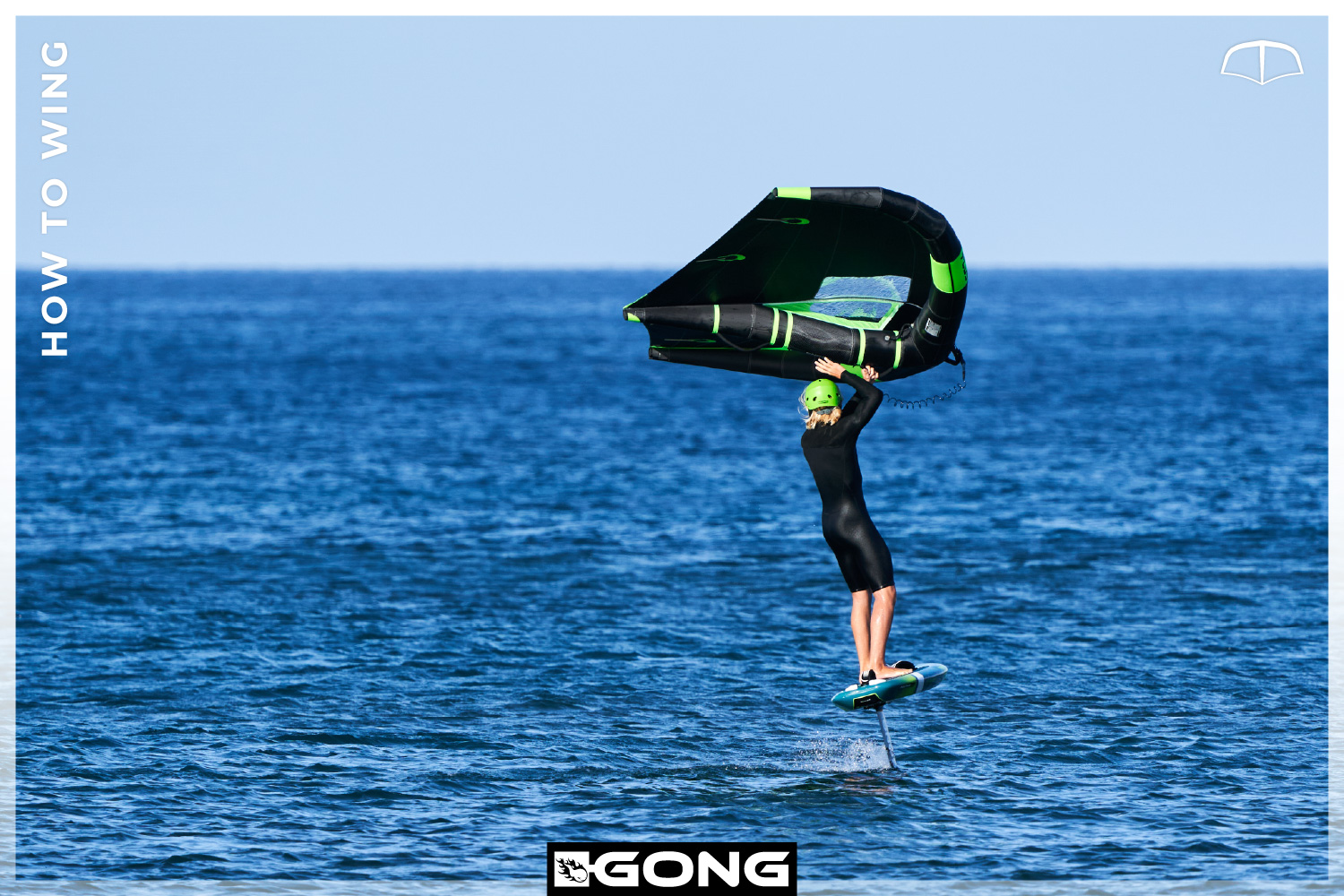

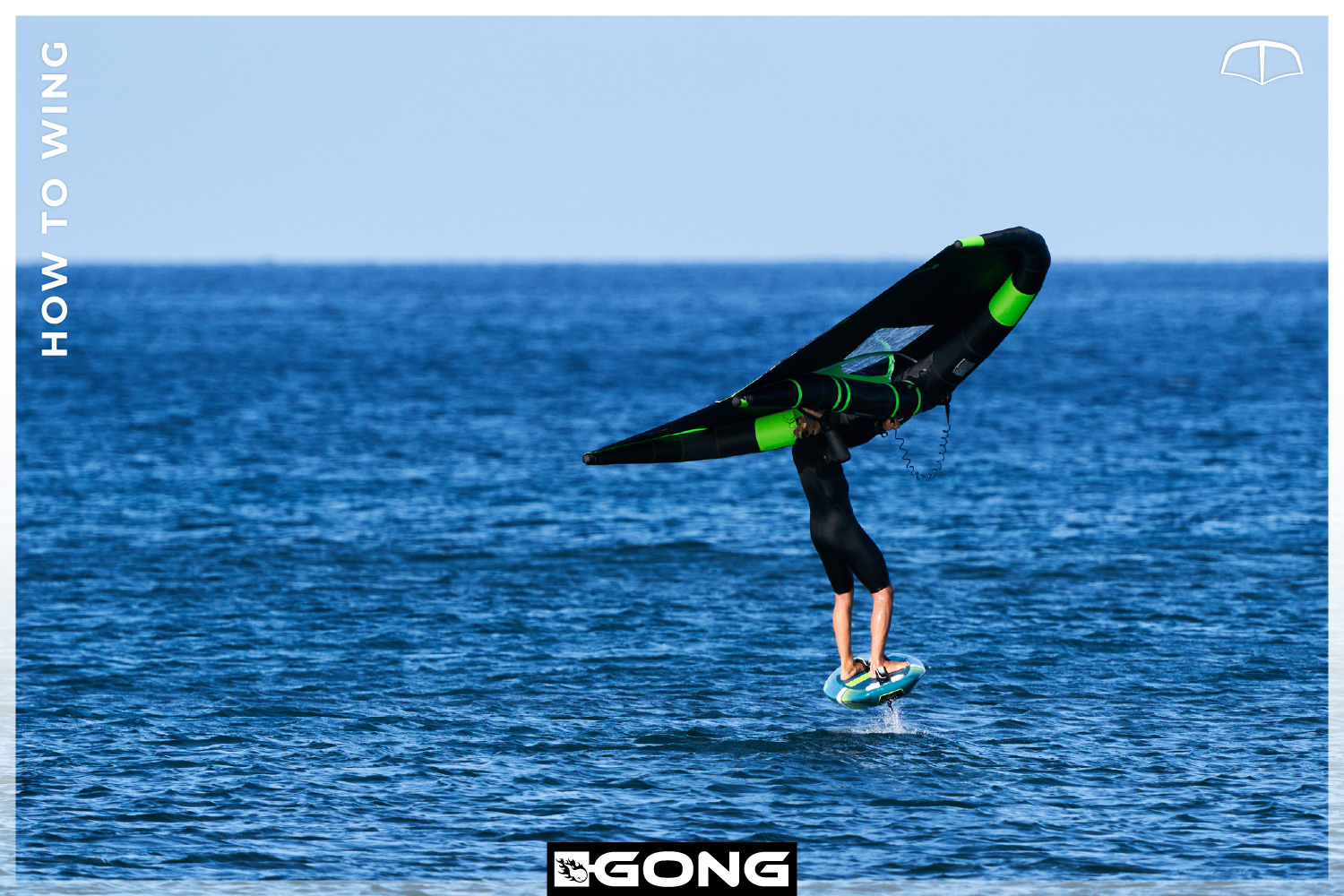
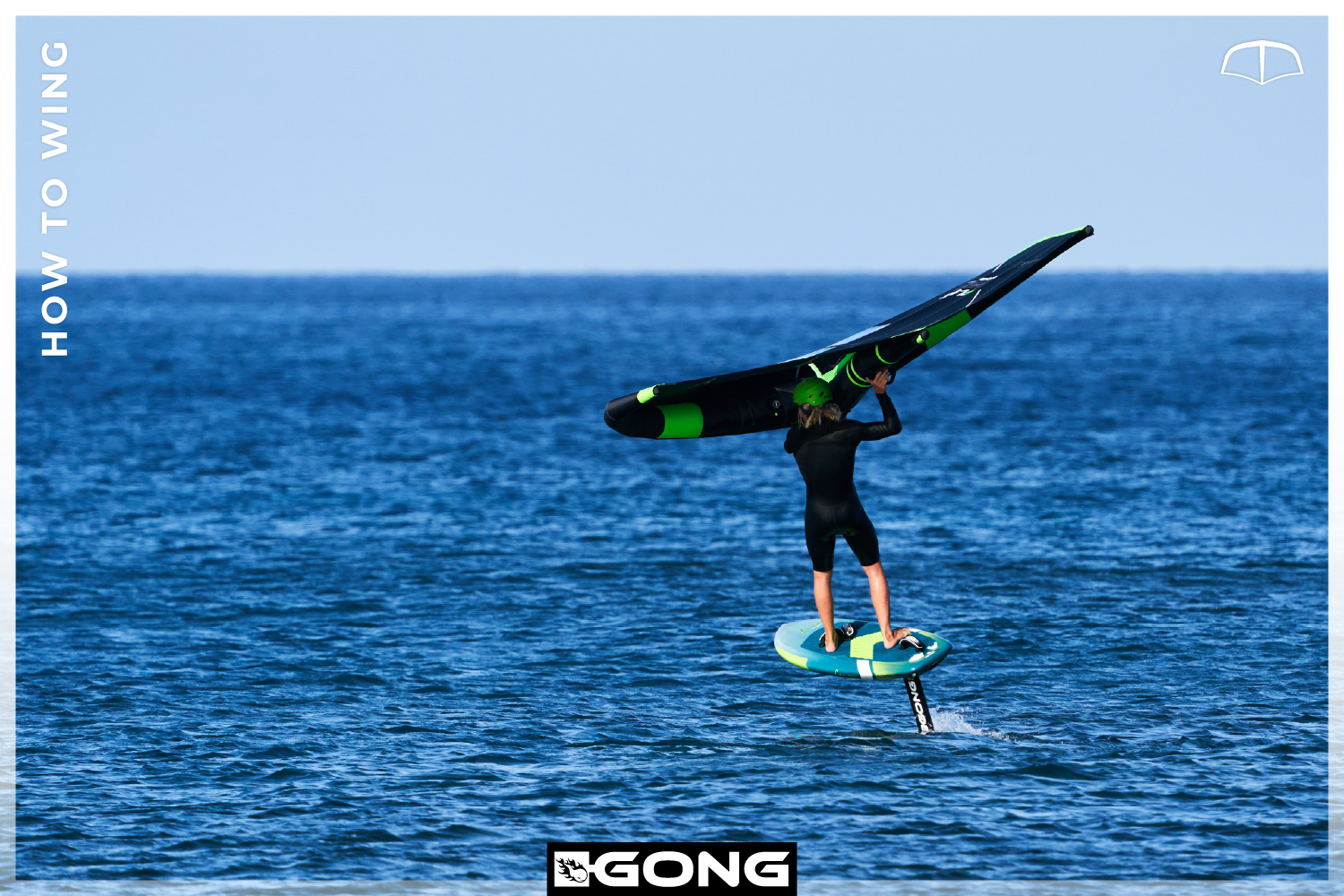
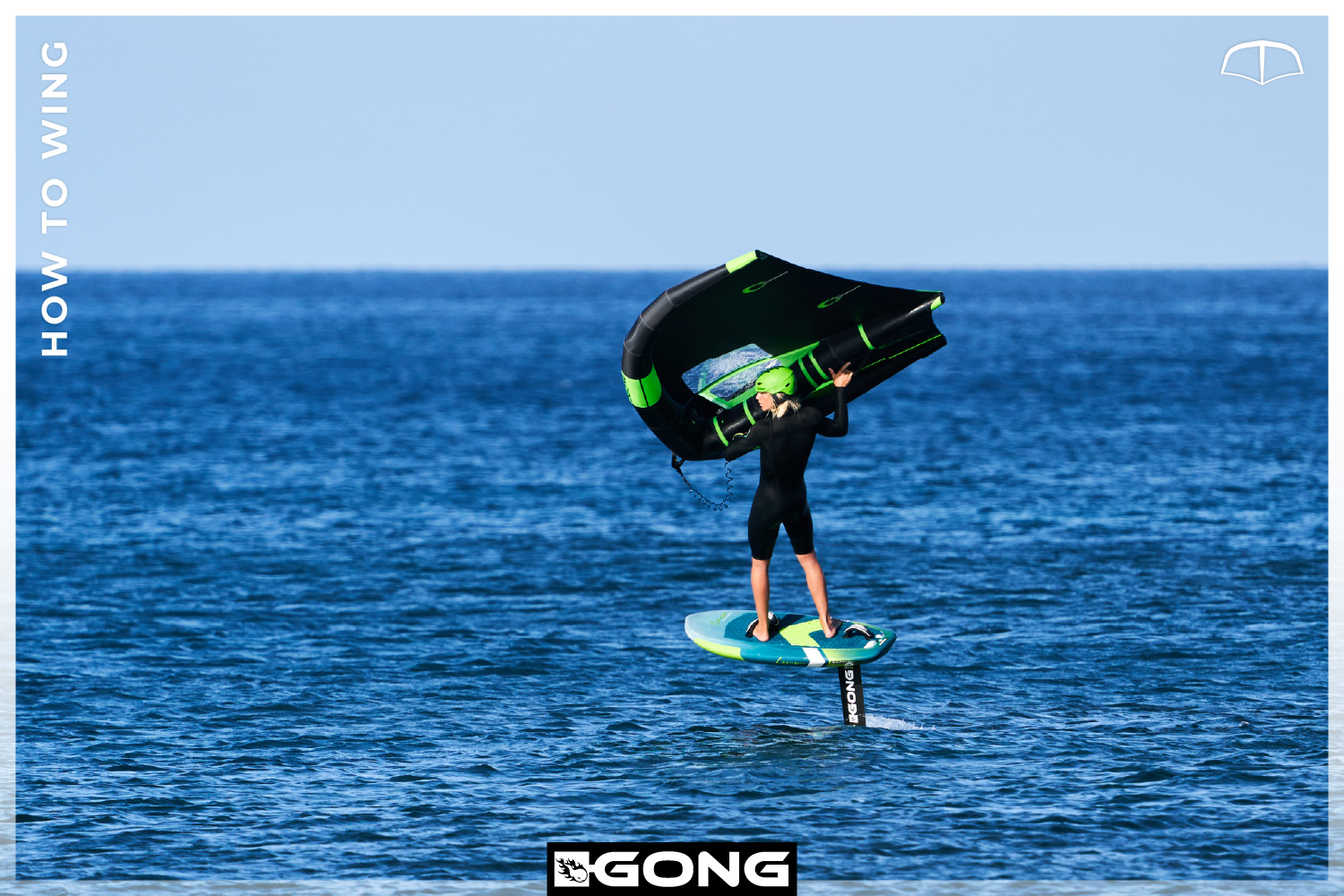
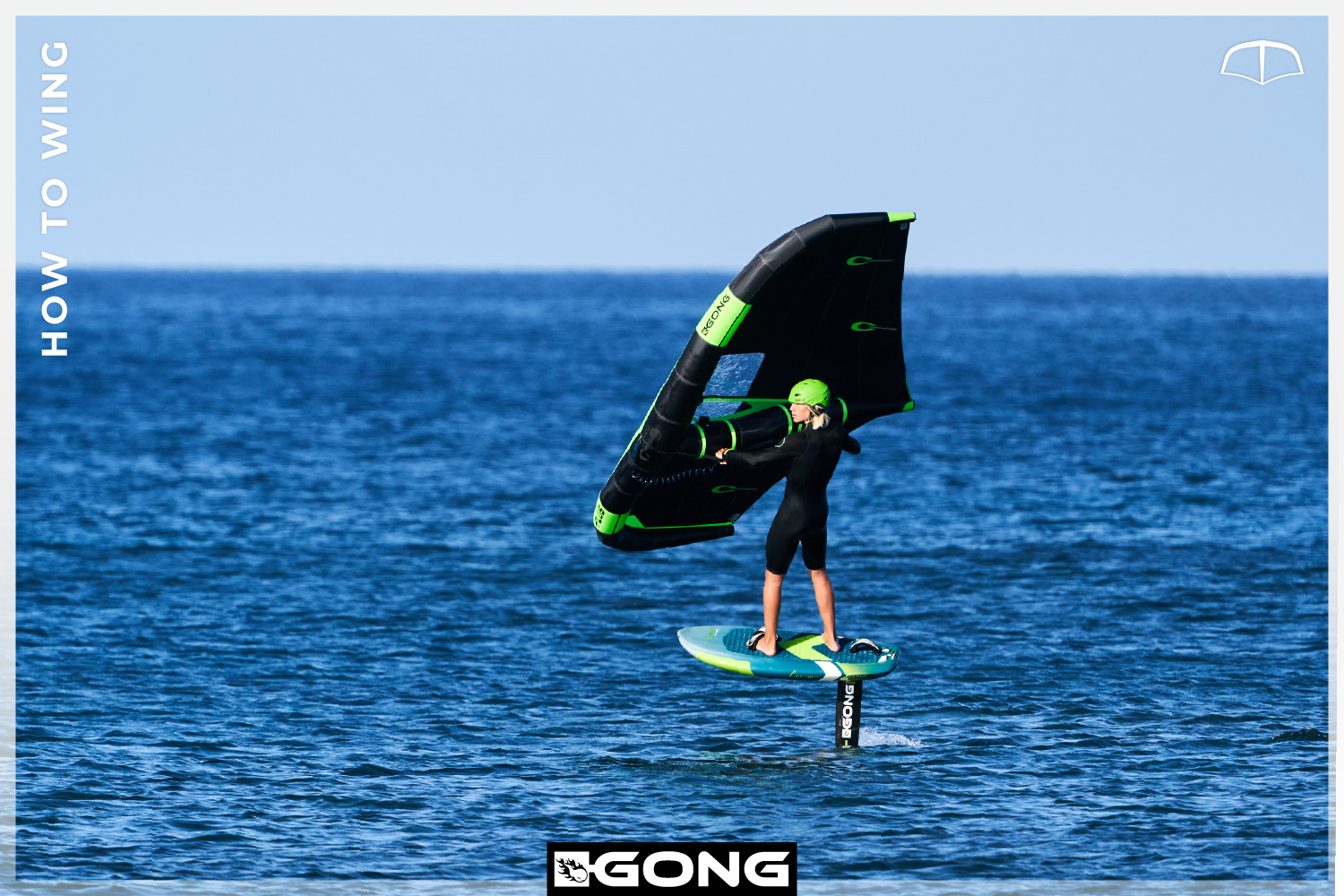
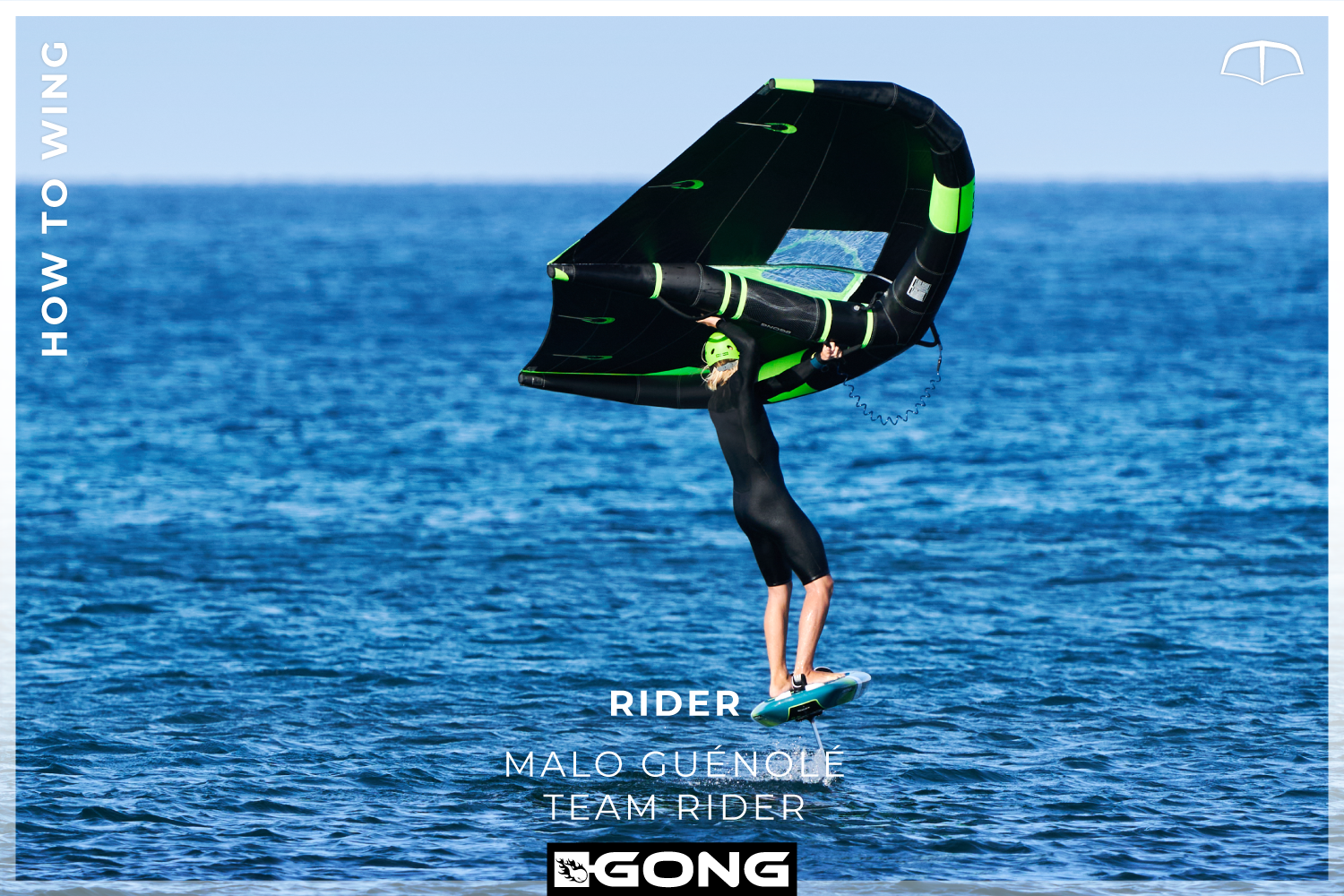
You can start this maneuver in a normal stance or in a switched stance as illustrated above. Unlike the classic jibe where you let the wing change tack in front of you, the change of tack in the switch hand duck jibe is done with the wing above you, with tail wind in the middle of the maneuver. It is therefore necessary to have speed and keep the wing horizontal so as not to be overwhelmed by the power of the wind. A maneuver to avoid when overpowered.
Unlike a duck jibe, you switch hands before changing tack (whereas you would do it precisely when changing tack for a duck jibe). For a proper execution of this maneuver you’ll need perfect coordination. Your wing follows the trajectory of your board with a slight delay. A question of timing that we can follow frame by frame in the sequence above. We can clearly see Malo taking the wing in switch hand when starting his u-turn. He then moves away from the wind, keeping the wing above his head. Past the axis of the wind, he sends the front hand towards the new direction of travel by keeping it at face level, which keeps the wing horizontal. If you have not managed to grab the rear handle, no worries because it is the front hand that guides the movement.
The trick is to attack this move with the front hand pronated (palm down) to turn the wing without twisting the wrist.
Variation: you can attack either bearing off and not feeling being backwinded, or you can go backwind abeam before attacking the curve, but this second option is often less fluid.


